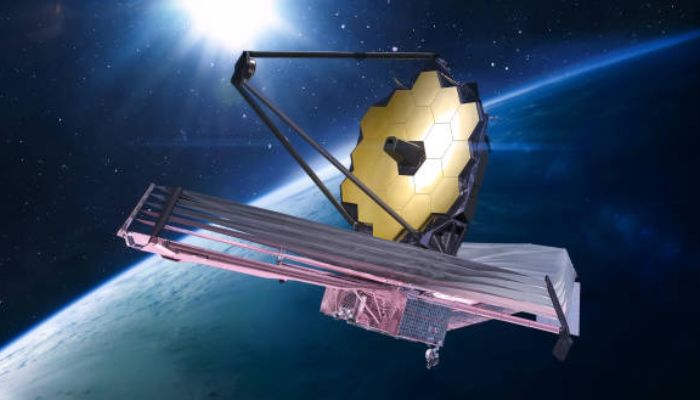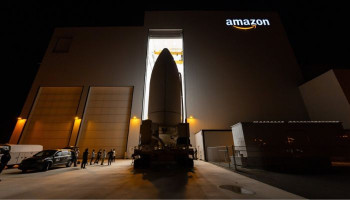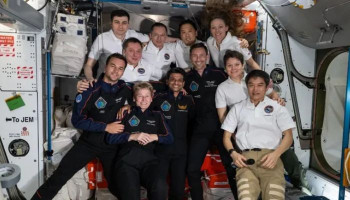
The James Webb Space Telescope (JWST) has accomplished a historic milestone by producing the most comprehensive and detailed map of the distant universe ever made.
This amazing map provides an unparalleled look into 98% of the universe's history by charting over 800,000 galaxies outside the Milky Way.
255 hours of continuous observation were needed for the COSMOS-Web project, a deep field survey that covers a comparatively small area of 0.54 square degrees of sky.
The ability of the JWST to detect ancient infrared light, which is invisible to conventional optical instruments like the Hubble Space Telescope, is what really sets this accomplishment apart.
One of the principal investigators, Professor Caitlin Casey, stated: “This project enables us to view galaxies and supermassive black holes that are not even visible with Hubble."
“Not only are there more galaxies than ever before, but they are also completely different kinds. With some galaxies emerging as recently as 300 million years after the universe's beginning, the JWST data has shown an incredibly dense population of galaxies in the early universe.”
The complete dataset, which took two years to process, is now openly accessible, enabling scholars, students, and independent scientists to examine and analyse the early history of the universe.
Future studies on cosmic structure may use the COSMOS-Web project as a starting point, and astronomers expect even more discoveries as they examine the universe's evolution with the JWST still in operation.
Scientists can better comprehend the intricate history and evolution of the universe by tracking the formation of galaxies and the enormous structures that reshape space.
















